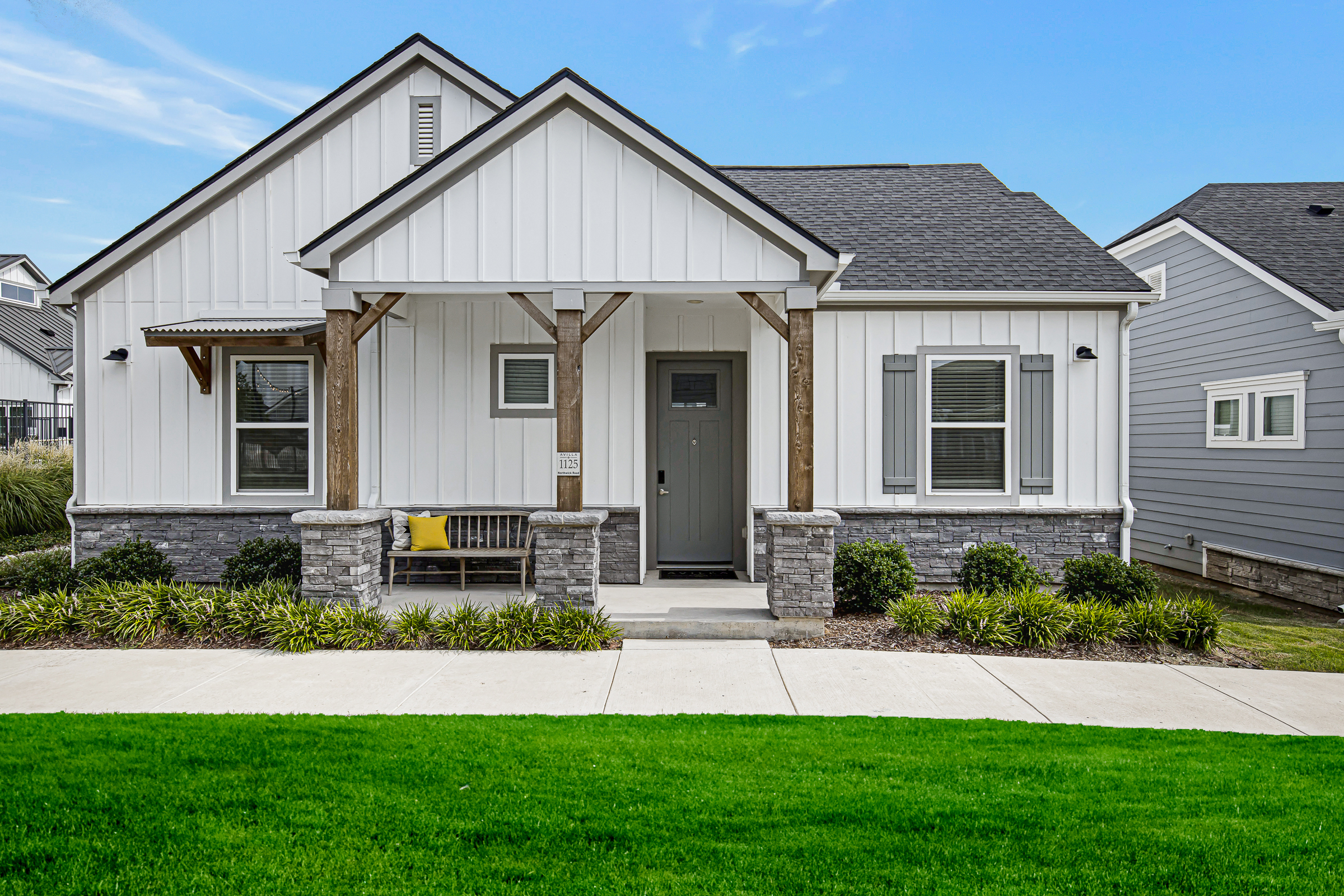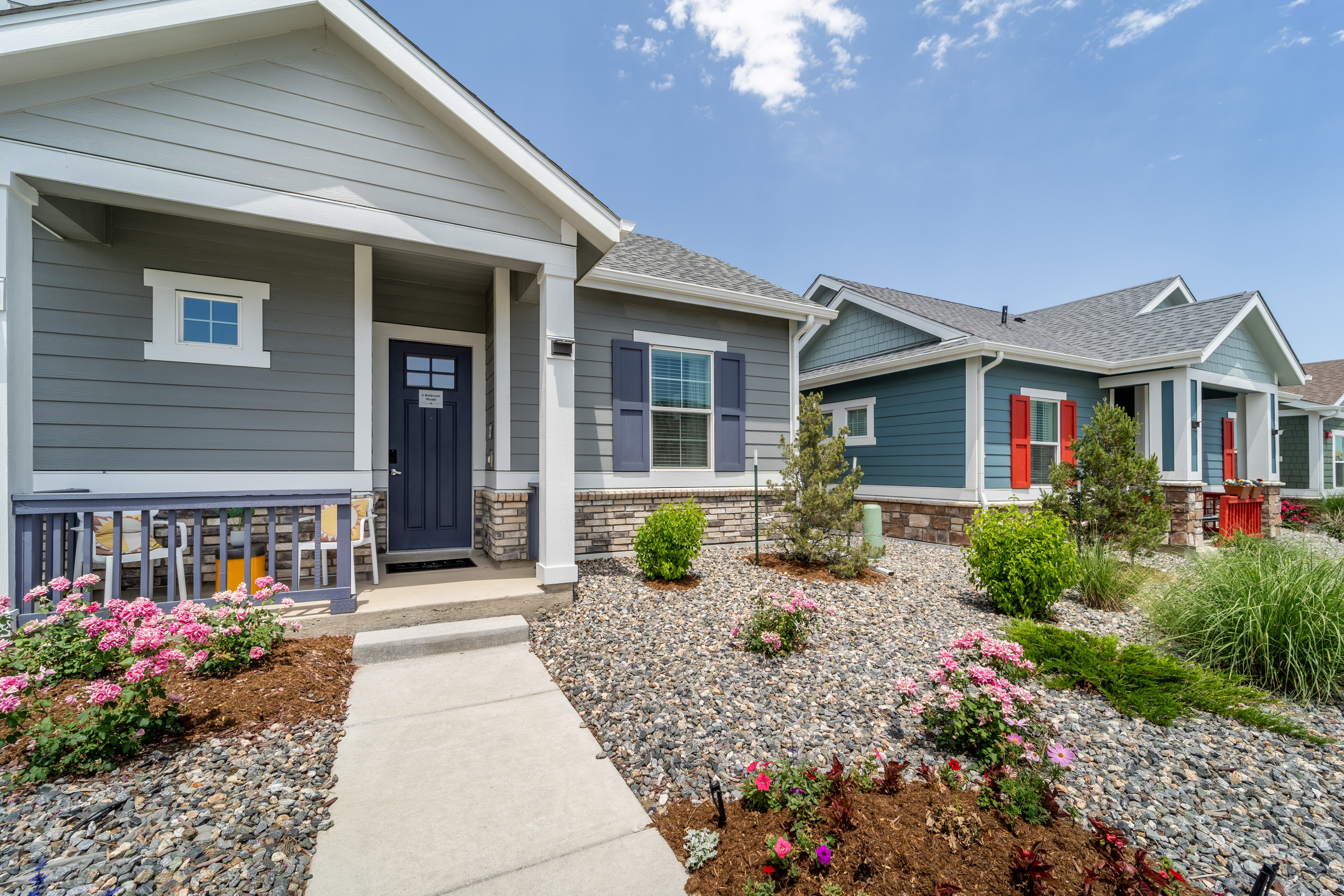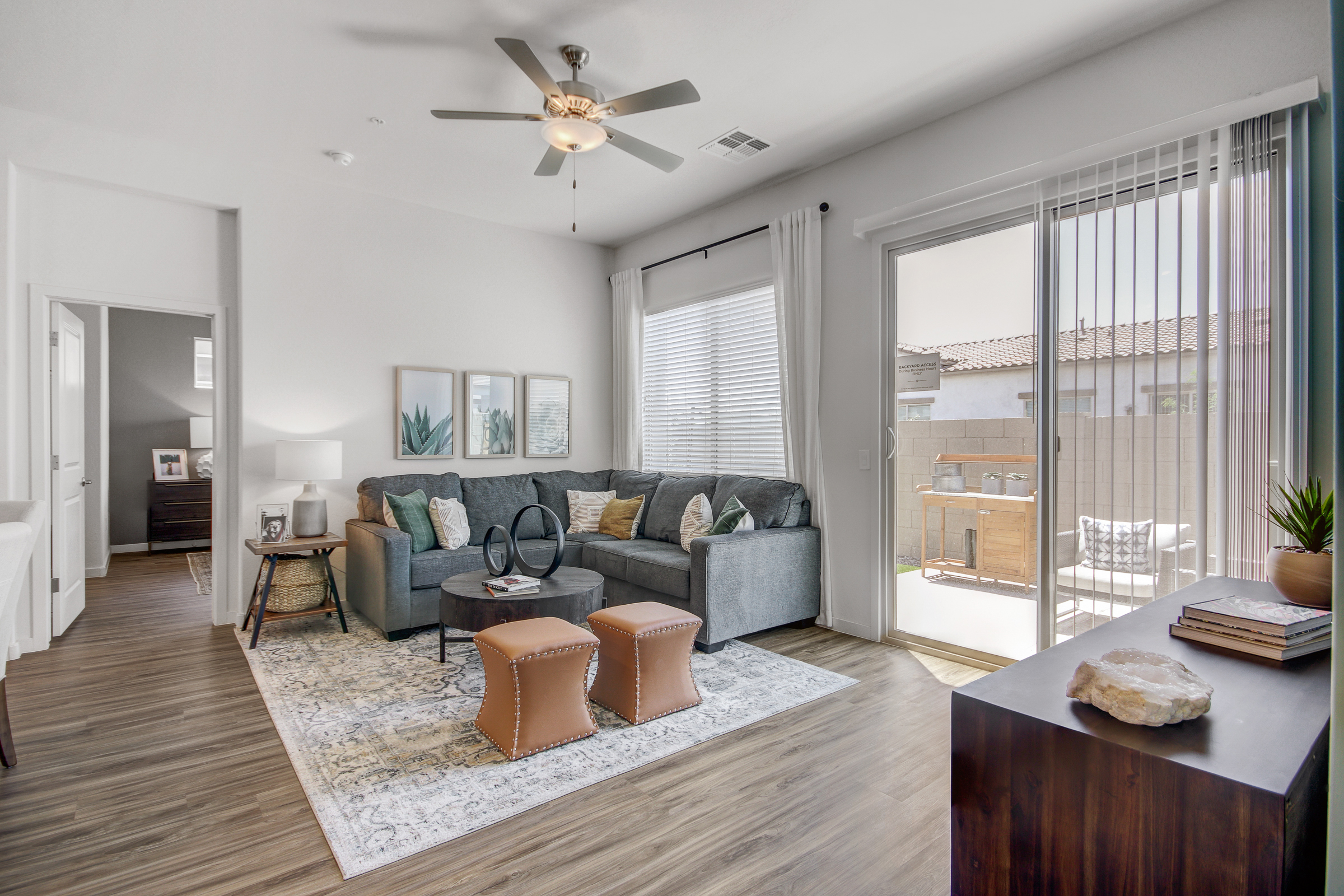NexMetro’s Build-to-Rent Communities Capture Growing Market Share

As renting a home becomes a lifestyle choice among many Americans, NexMetro is building communities to fill this growing demand.
Over the past 12 years, the developer has more than 9,500 of its cottage-style Avilla Homes built or under construction in major metros across the Sun Belt. Now, this build-to-rent (BTR) pioneer is launching a NexMetro Direct Access Fund investment opportunity aimed at supporting its active development pipeline. TRD sat down with Greg Fedorinchik, Managing Director Equity Capital Markets at NexMetro, and Josh Hartmann, NexMetro CEO, to learn about the developer’s roots and why now is a great time to invest in build-to-rent communities.
Capturing The Rental Trend
The build-to-rent sector has experienced explosive growth in the wake of the Great Financial Crisis. According to a study by NerdWallet, 75 percent of renters said that renting versus owning fits their lifestyle, while others are simply priced out of home ownership due to rising costs.
“We see tremendous runway ahead for our BTR product because of its appeal to a broad consumer base, as well as the challenges related to housing affordability,” says Fedorinchik.
NexMetro was an early pioneer in the build-to-rent space. The firm’s roots date back to the early days following the GFC, when its founding partners saw older vintage cottage-style homes in Tucson that had been converted to rentals and envisioned a future where increasing numbers of Americans became renters.
The success of their first development in Tucson was convincing enough to prompt the formation of NexMetro, which quickly became a national build-to-rent developer. The firm has since invested more than $2.5 billion in its Avilla Homes branded neighborhoods in the major metros of Phoenix, Atlanta, DFW, Austin, Tampa and Denver.
“We’ve actually seen our demographic base expand rather than contract,” explains Hartmann. “There’s huge demand for this type of product across the U.S., which is proving out through the expansion of our business.”
Expanding The Customer Base
While NexMetro was founded based on the thesis that rentals would attract the wave of families who had lost their homes when the housing bubble burst, the developer quickly realized that their build-to-rent communities had a much broader base of appeal.
“As we quickly expanded to new markets, we consistently saw this same type of customer,” recalls Hartmann. “The person who can afford to buy a home, but just doesn’t want to for whatever reason.”
It was really the renter-by-choice customer who wanted the lifestyle Avilla Homes offers – detached single-story homes with private backyards but without the maintenance and bigger financial responsibility that comes with owning a home.
Its core group of renters spans Millennials, Gen X and Baby Boomers and includes young professionals, retirees, empty nesters and people who are in transition from a life change. What they all have in common is they want a rental alternative to the traditional “big box” apartment block.
“The demographics of the renter in America are vastly changing,” says Fedorinchik. “Our cottage-style units really support the future demand for rental product.”
Experience Makes All The Difference
With more than a decade of experience developing build-to-rent communities, NexMetro has refined the process to run smoothly and efficiently. The developer prides itself on its lower-risk development strategy that includes proven processes and partners, expertise in navigating entitlements and zoning, and phased completions and occupancy.
Because NexMetro is building the same consistent model, there are no surprises. “We pour seven slabs, the framers come in, the electricians come in, and then we start pouring the next seven slabs,” says Fedorinchik. “It’s kind of like an on-site assembly line that really de-risks what we do relative to other real estate development.”
“NexMetro also stays involved in the management of its Avilla communities across different markets. Consumers know that if they rent an Avilla Home in Phoenix or Dallas or Tampa, they are going to get the same home and the same experience,” says Fedorinchik.
The developer’s phased building approach allows projects to start generating cash flow earlier than the typical multifamily development. Because NexMetro is building individual homes, they can obtain certificates of occupancy on individual units, which allows renters to move in and start paying rent while the construction continues on remaining units. In most cases, NexMetro’s communities have achieved 50 to 60 percent occupancy by the time construction is fully complete, with stabilized occupancy often within three to four months of final delivery.
A Unique Model
Whereas institutional investors such as Blackstone have helped to establish single-family rentals as an investable asset class, those strategies generally focus on buying homes in different locations that are aggregated into a rental portfolio. Build-to-rent involves an entire neighborhood of intentionally built rental homes. The sector has evolved to include different types of rental homes, including traditional single-family homes, attached townhomes and NexMetro’s Class A cottage-style 1-, 2- and 3-bedroom detached homes.
NexMetro aims to deliver affordable luxury, with its single-story Avilla Homes that are located in private, gated neighborhoods and feature high-end finishes and 10-foot ceilings. Renters have their own backyard, as well as access to open spaces, dog parks and resort-style pools and spas along with onsite professional management and maintenance. The smaller footprint, which is more on par with an apartment, allows for higher density than the typical single-family home subdivision.
“Our product didn’t really exist before in the housing spectrum, which is proven out by the fact that there is no zoning that exists that fits our product,” says Hartmann. “That’s why ours is a unique niche within the build-to-rent space that we think is more resilient.”
Because of the zoning, it is more difficult to get projects approved, which creates a barrier to entry for competition. “Avilla Homes are smaller, and they’re intentionally built for this consumer,” adds Hartmann. “So we get a lot more demand and we get a lot more appreciation from the consumer in terms of a little bit higher rents on a product that’s more specifically designed for them.”
NexMetro believes that its people and processes give the firm an edge over the competition. Over the past dozen years, NexMetro has proven its ability to move projects through each challenging phase of land entitlement, zoning and permitting. Its track record of completed projects is a testament to that expertise, with 57 communities either completed or currently under construction.
Investing in NexMetro’s Future
All this adds up to a great opportunity for investors looking for a solid return. Historically, sustainable demand combined with NexMetro’s market expertise and business model have translated to strong returns for NexMetro investors. Across its first 21 projects, the firm has delivered an average of 23.7 percent net IRR to investors with an average investor multiple of 2.04x net. Another solid testament to the firm’s performance is that 96 percent of its active investors are repeat investors.
“When you’re investing in real estate, you’re investing in the sponsor,” says Hartmann. “In my opinion, the sponsor’s reputation and capability are the most important components because anyone can go out and buy a piece of dirt, hire a general contractor and call themselves a developer.”
NexMetro has introduced a new investment structure for accredited investors that streamlines the investing process and also helps lower the investment risk by increasing diversification. Its first vintage fund in what is expected to be an annual series is the NexMetro Direct Access Fund 2024. Each fund will invest in between four and 10 of the firm’s new development projects depending on the pipeline and amount of equity raised.
“It removes a lot of the blind pool risk normally associated with real estate fund investments because we are able to pre-identify projects that are going into the fund,” says Fedorinchik. Investors also receive one schedule K for the fund versus getting five or six for investment into multiple individual developments.
“Our people really know how developments come together,” says Hartmann. The firm’s depth of experience exists from its executive team across the organization to development, asset management, capital markets and investment management.
“When you’re doing real estate, experience matters,” he says. “We’ve been through the GFC and saw the mistakes that happened when people got over-leveraged or were not paying attention to the details. We’re not making those mistakes.”
Reach out Greg Fedorinchik at investors@nexmetro.com to learn more about investment opportunities.








